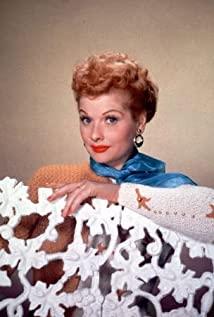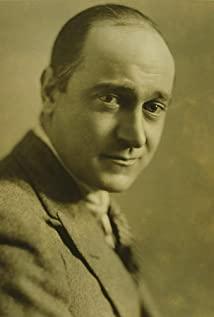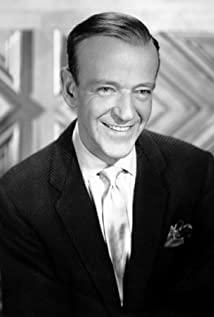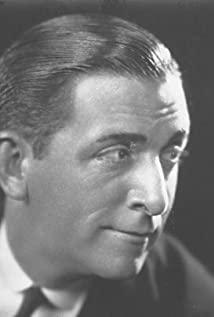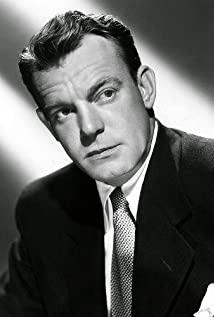Likely the most popular Astaire-and-Rogers picture, story-wise, TOP HAT is a prototype of mistaken identity screwball comedy, much like their prior rendezvous in THE GAY DIVORCEE (1934), shot in various cavernous studio spaces with its with-it black-and-white Art-Deco set design (courtesy to Van Nest Polglase).
Top American dancer Jerry Travers (Astaire) arrives in London for his show produced by impresario Horace Hardwick (Horton), but soon is swept off his feet by a young model Dale Tremont (Rogers), who happens to be a dear friend of Horace's wife Madge (Broderick), yet-please suspend your disbelief-has never met Horace, for whom she mistakes Jerry for, so when Jerry's courtship picks up the steam (abandoning his show to fly to Lido to woo her), the guilt trip is totally on her.
While it is pleasant enough to see the characters knowingly feed ambiguous and chirpy lines to muddy the waters-Broderick's deadpan nonchalance is superb and Horton is as per usual, willingly subjects himself to be the dopey laughingstock, often to magnificent effect, not to mention the multifarious Eric Blore as Horace's squabbling manservant Bates-it is clear as day we are here for the musical numbers only.
Choreographed by Astaire's long-time collaborator Hermes Pan, TOP HAT boasts a strings of stellar tap-dances that can make the most sedentary viewer's feet feel itchy, whether Astaire's solo bravura or a synchronized bandstand tapping with Rogers' in a pair of striking jodhpurs, those mostly unbroken sequences are so effortless achieved, one might completely overlook how difficult it can be done in reality. During the finale in a cod Lido rigged up in the studio, Pan also employs a Busby Berkeley-style pageantry of gondola parade and carnival dancers to a bedazzling effect, although the whole razzmatazz is abbreviated lest it hogs the limelight.
One couldn't eulogize TOP HAT without mentioning Irving Berlin's music contribution, CHEEK TO CHEEK has been here to stay as a staple of Americana tunage, so is TOP HAT, WHITE TIE AND TAILS, with Astaire caning down of a file of dancers during his show, even in vaudeville, gun culture and death is ubiquitous.
The Astaire-Rogers pair play-acts a carefree semblance of romance although Rogers looks far more at ease when in gowns designed by Bernand Newman by her own-some than sparring with an oleaginous Astaire, however, as dancing partners, they are destined to be joined at the hip for keeps.
referential entries: Sandrich's SHALL WE DANCE (1937, 7.0/10); Ernst Lubitsch's ONE HOUR WITH YOU (1932, 7.1/10).
View more about Top Hat reviews







